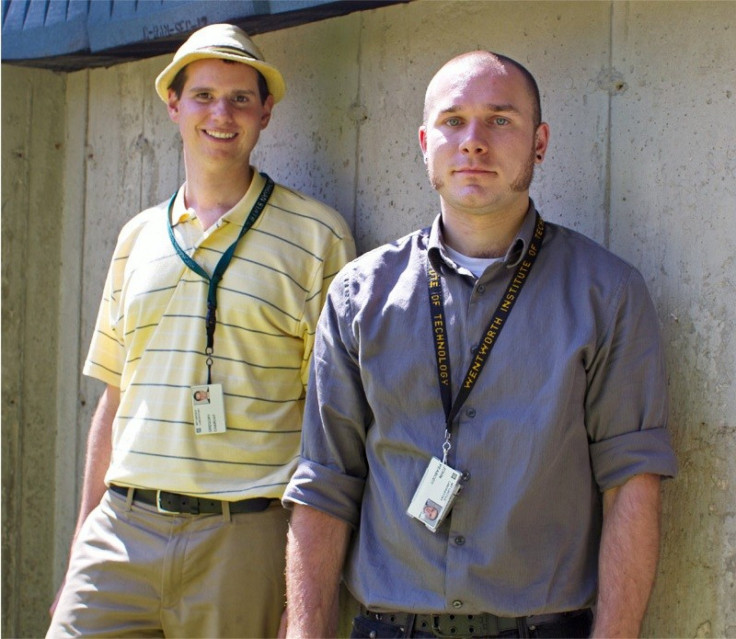MIT Researchers Develop Wall-Piercing Radar With Military in Mind [VIDEO]

Seeing through walls is no longer science fiction. Researchers at the Massachusetts Institute of Technology's Lincoln Laboratory say they have developed new radar technology that sees through solid walls, providing real-time images of what's happening behind them.
The device is an array of antenna that's arranged into two rows - eight receiving elements on top, 13 transmitting ones below - and some computing equipment. These are all mounted onto a movable cart.
Gregory Charvat, technical staff at Lincoln Lab and the leader of the project, says the device has powerful implications for military operations, especially urban combat situations.
The system can be used at a range of up to 60 feet away from the wall. The research team conducted demonstrations at 20 feet, which Charvat says is realistic for urban combat situations. Real-time picture of movement behind the wall is produced in the form of a video at the rate of 10.8 frames per second.
In a recent demonstration, Charvat and his colleagues showed that the radar was able to image two human beings moving behind solid concrete and cinder-block walls. They were also able to see another person swinging a metal pole in free space.
Researchers say the processor uses a subtraction method - comparing each new picture to the last, and seeing what's changed. Therefore, the radar can only detect moving targets and not inanimate objects such as furniture.
Even then, they say human trying to stand still does have some slight movements that the system can detect and provide the location for.
It's a very capable system mainly because of its real-time imaging capability, says Robert Burkholder, a research professor in Ohio State University's Department of Electrical and Computer Engineering, on MIT's Web site. Burkholder was not a part of the research.
It also gives very good resolution, due to digital processing and advanced algorithms for image processing, he adds. It's a little bit large and bulky for someone to take out in the field.
The researchers foresee their creation being mounted on a vehicle.
This is meant for the urban war fighter ... those situations where it's very stressful and it'd be great to know what's behind that wall, Charvat says.
But with further refinement, researchers say the radar could be used domestically by emergency-response teams and others.
© Copyright IBTimes 2024. All rights reserved.






















